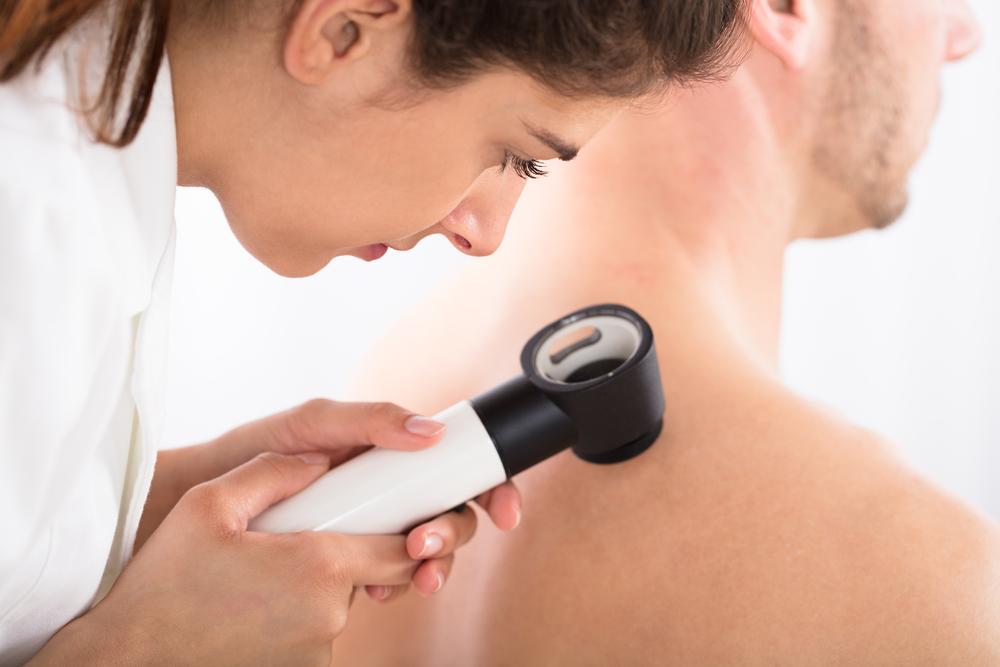Types
Skin tags can arise from any part of the body, however they are common on areas where there is frequent friction or areas which are often rubbed, such as the:
- Neck
- Breasts
- Groin
- Belly
- Eyelids
- Underarms
Women and men can equally have skin tags. However, people can develop more skin tags if they’re overweight, are pregnant, or have diabetes.
Researchers don’t know what causes skin tags to form. It’s believed that friction could lead to the growth and development of skin tags.
Other causes that may contribute to the formation of skin tags include the following:
- The presence of human papilloma virus (HPV) infection
- Alterations in hormones during pregnancy
- Insulin resistance, which is noticeable in people with diabetes
Skin tags additionally appear to run in families, and researchers suspect that genetics could play a role in their growth.


